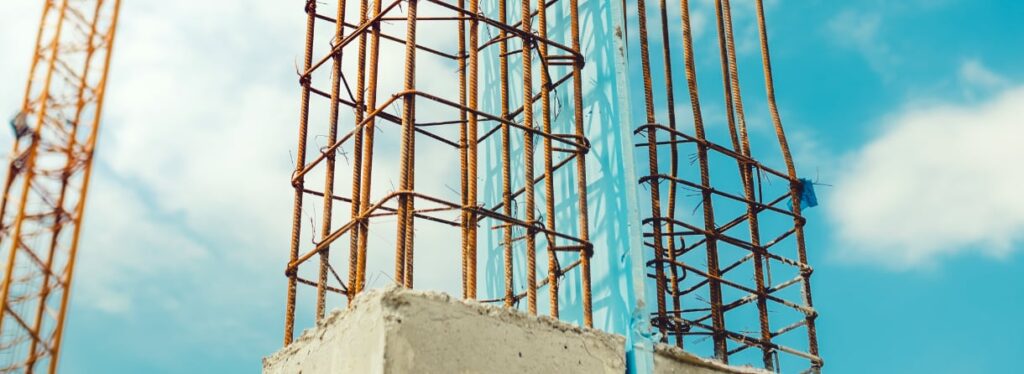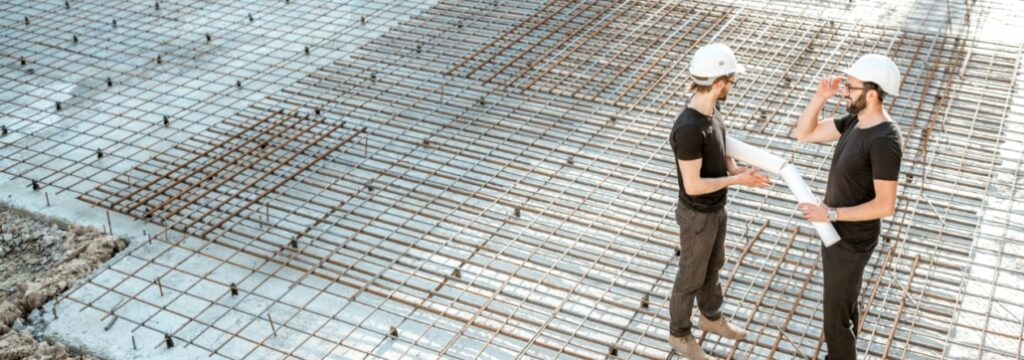Fibre Reinforced Polymers continue working up a global market dislodging traditional materials typically used for reinforcement across various industries. Initially considered proper for a limited range of practical uses, FRP has become the focus of both theoretical and in-field studies. The result is the continuously expanding market share and versatile applications. Besides implementation in construction engineering, agriculture, chemical and pharmaceutical industries among others, fibreglass rebar ousts steel rebar when it comes to repairing and retrofitting existing concrete objects to expand their service life and lower rehabilitation and maintenance costs.
Content
Rehabilitation of Exhausted Structures
Reinforced with traditional iron bars, all concrete constructions should be maintained and repaired to ensure reliability and safety. As the existing infrastructure ages, it requires thorough rehabilitation that includes repairs, maintenance, inspection, and retrofitting.
For instance, besides regular maintenance all bridges require repairs. The key aspect of structural repairs is a load restriction for most concrete constructions. The same applies to most deteriorated constructions that need repairs. The major reason for degradation is continuously rusting steel bar reinforcement. Rehabilitation using iron bars is costly and requires constant attendance. This is when FRP materials move to the forefront.

FRP: Takeoff
The major qualities of FRP, an acronym for “Fibre Reinforced Polymer”, that make it a preferred material:
- Corrosion stability. If iron is susceptible to corrosive attacks and gets rusty and loses its properties as time goes on, it results in the gradual degradation of constructions reinforced by iron bars. Composite products are corrosion-resistant, which means longer service life of FRP-strengthened concrete structures in harsh environments.
- Superior tensile strength. Fibres employed in composite polymers ensure higher strength along with the better resistance to cracking. Recent studies have confirmed the higher tensile strength of composite rebar (1000 MPa) compared to steel bars (550 MPa).
- Tolerance for chemical attacks & high temperatures. Additives used during the FRP composite manufacturing enhance the resistance to high-temperatures and chemicals (specifically, to chloride ions) of the end product resulting in slower structure erosion.
- Cost efficiency. Cost-efficiency of using FRP rebar instead of iron bars is based on increased durability and lighter weight (lower transportation and installation costs).
Rust-free materials like GFRP mesh and rebar are increasingly often used as reinforcement alternatives for the rehabilitation of civil & industrial engineering projects, for example, seismic retrofit of all sorts of constructions, including storage facilities, bridge bearings, marine structures, water treatment stations, and particularly medical units containing MRI equipment.

FRP materials demonstrate immense potential for use across many fields. Cost-effective, they require minimum maintenance — these properties encourage the implementation of FRP products (mesh & bars) for retrofitting the structures. Another significant advantage of composites is that their characteristics can be adjusted to meet specific requirements: a variety of resins employed in polymer matrices enhances some properties needed for advanced applications.
One important thing to note is the sustainability of fibre reinforced composites and the FRP manufacturing process versus conventional steel bar production. Reduced atmospheric emissions contribute considerably to the global environmental protection movement focused on taking action against global warming and climate changes.
FRP Business Perspectives
FRP manufacturing is definitely an industry marked out for a brilliant future. Initially, many companies search for high-quality composite rebar or fibreglass rebar to purchase; later, most established businesses resolve on buying an FRP production line. Composite-Tech is a renowned manufacturer of an extensive array of pultruded composites and FRP-based business solutions, including FRP end-products (GFRP rebar) and FRP production lines. Contact us today, and you will receive your ready-to-install GFRP rebar production line within 3 months.

